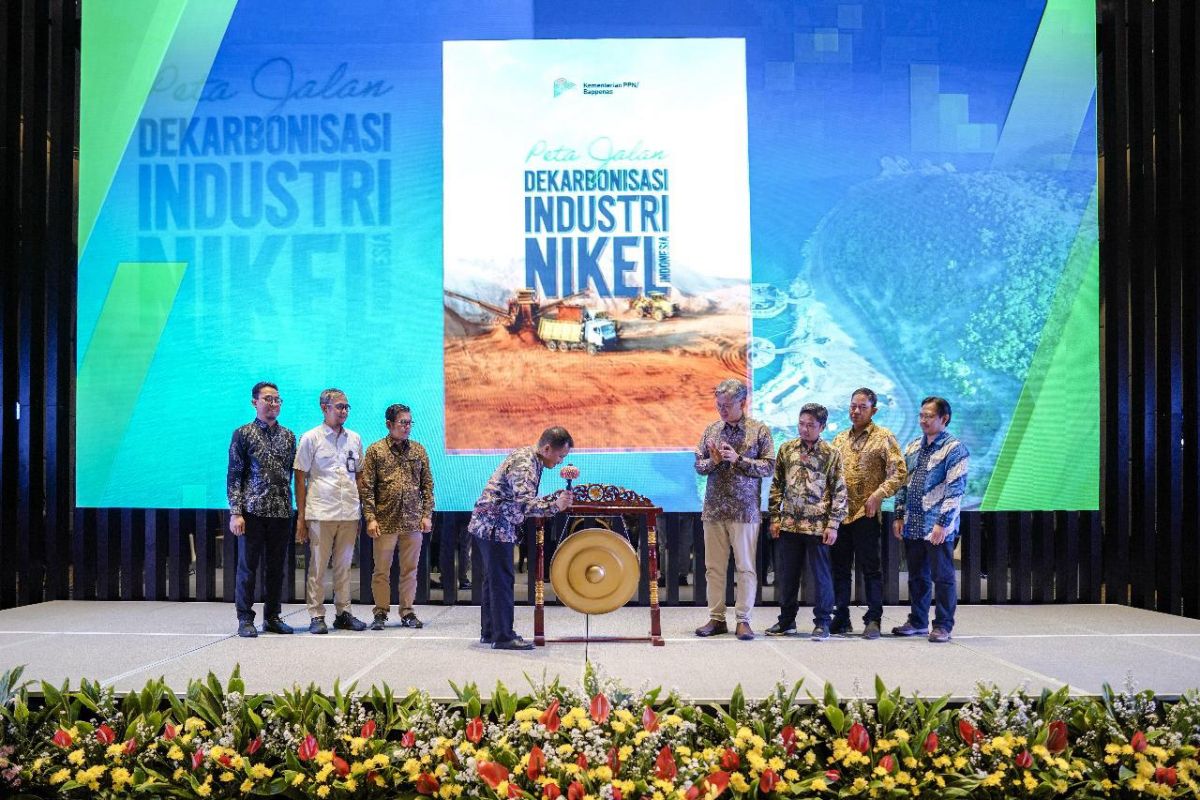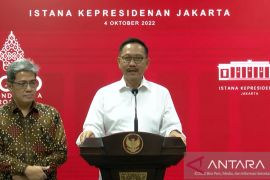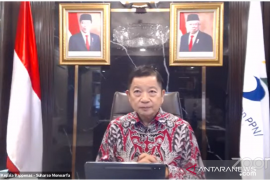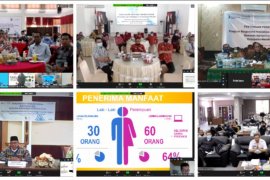He made the announcement on Friday during the launch of the National Nickel Industry Decarbonization Road Map, a concrete effort by the government to support the transition to sustainable energy and low-carbon development.
“This road map targets an 81 percent reduction in emissions by the nickel industry by 2045, in line with Indonesia’s commitment to achieving net zero emissions before 2060,” he informed in a statement released in Jakarta on Friday.
Indonesia, which produces of 60 percent of the world’s nickel, has significant potential to promote low-emission and competitive nickel downstreaming.
The road map has been designed as a strategic input for the 2025–2029 National Medium-Term Development Plan (RPJMN) and aligns with the targets of the 2025–2045 National Long-Term Development Plan (RPJPN).
Since early 2024, the road map’s formulation has involved multi-stakeholder collaboration, including more than 30 nickel mining and smelting companies in Sulawesi and North Maluku, 15 ministries/agencies, and academics.
The road map outlines four key strategies: energy and material efficiency, fuel substitution, material substitution, and the use of low-carbon electricity.
Given that captive coal-fired power plants are the nickel industry’s largest source of emissions, the government will prioritize the transition to low-carbon electricity.
“By utilizing new and renewable energy potential in nickel-producing and processing regions, the industry can adopt a mix of energy sources —from solar, wind, water, biomass, and green hydrogen— to reduce reliance on coal,” Sambodo explained.
Meanwhile, senior climate manager at World Resources Institute (WRI) Indonesia, Egi Suarga, said that decarbonizing the nickel industry is the first step of governance transformation to leverage Indonesia’s potential as the world’s leading producer of nickel.
This will allow Indonesia to become a global leader in producing low-emission and responsible nickel.
WRI Indonesia’s analysis indicates that in the absence of any intervention, emissions from the nickel industry could increase by up to 86 percent by 2045.
To prevent this increase, the nickel decarbonization road map recommends the development of 47.3 gigawatts (GW) of new and renewable energy power plants, including the addition of 5.1 GW of hydrogen-based power plants in North Maluku, which faces energy constraints.
It also calls for strengthening liquefied natural gas and biomass infrastructure.
“Additional recommendations include policies for competitive low-carbon energy pricing and the establishment of Indonesia’s green nickel standards to regulate the use of clean energy and greenhouse gas emissions in production processes,” Suarga added.
Related news: Nickel mining in Raja Ampat sparks heated debate
Related news: Indonesia remains committed to reducing emissions: Lahadalia
Translator: Baqir, Azis Kurmala
Editor: Arie Novarina
Copyright © ANTARA 2025












